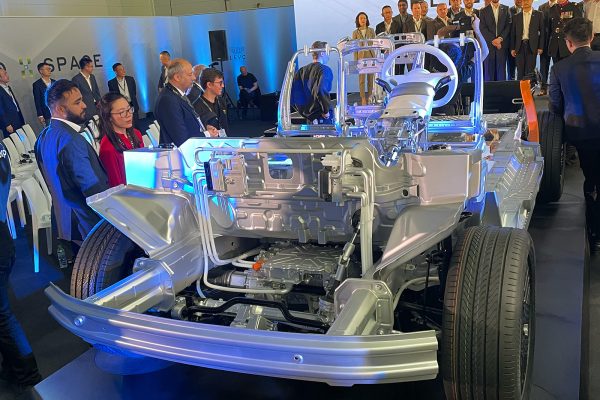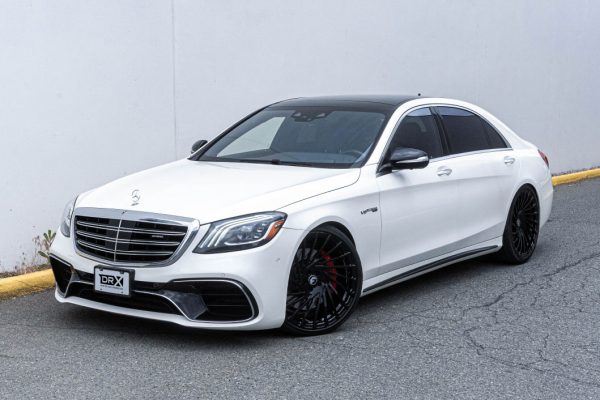
IF you’re a small business looking at different ways to fund your firm’s company cars, then there can be a confusing number of different leases about.
Confused by leasing jargon?
Don’t be!
Use our straight-talking Jargon Buster to turn industry-speak into straight English.
Click here for our Jargon Buster.
What are they? How do they work?
Let’s take a look at finance lease – this is quite different from a contract hire lease (often called a business car lease).
With a contract hire lease, you pay a monthly fee for usership of a vehicle. At the end of the lease period you simply hand the vehicle back (subject to condition of the vehicle).
End of story.
With a finance lease you also pay monthly rentals.
This is a final amount agreed between you and the leasing company. It can be larger or smaller, depending on whether you wanted lower or higher monthly payments during the finance lease agreement.But the difference comes at the end of the lease. Usually there is a final rental payable, often called a ‘balloon’ payment. This essentially pays off the car leasing company’s investment in the vehicle.
In that way, a finance lease can be more flexible than contract hire depending on your monthly cash flow. But usually the balloon is the estimated value at the car’s age and mileage (the car’s residual value or RV).
Anyway, back to what happens at the end of the agreement.
Three things can happen:
- You sell the vehicle then repay the balloon and keep anything left over for yourself
- You allow the lease company to sell it for you – again, if anything is left over the lease company shares this with you; or
- You can enter into a secondary lease period. This secondary rental is sometimes called a ‘peppercorn rent’, because it’s much less than the initial rental
With contract hire you agree to rent a car for a specific period and mileage. There is another fundamental difference between contract hire and lease hire.
With a finance lease you agree to take on the risks and rewards of ownership, although you never own the car. That means if the car fails to reach its agreed RV, you are out of pocket: that’s the risk.
On the other hand, if it makes more, you make a profit: the reward.
It’s not as simple as contract hire.
But, if you feel you have the experience to know when to sell a vehicle; want more control over a vehicle than contract hire allows; want the flexibility of lower initial monthly payments; and want the vehicle to show as an asset on your accounts, then a finance lease is a useful acquisition method for your business car.
Finance lease – key points
- Vehicle sourced by leasing company
- Monthly payments with an agreed final ‘balloon’ payment
- There will be a deposit required – usually three months in advance
- Chance to make a profit at the end of the lease agreement…
- …as well as a risk you might lose out
- Leasing company retains legal title to the car
- You have the economic ownership of the car








